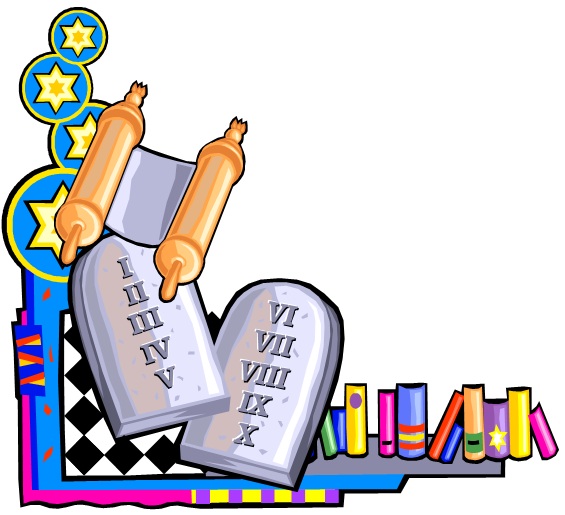For the last four years I’ve been running an online digital publishing platform (which we’ve recently rebranded as ReadWave), that aims to help writers build up a readership online. During that time I’ve had access to a lot of data on what people read online, when they read, and most importantly, why some writers are successful in getting readers and others aren’t. Here are some of the key insights that I’ve learned over the last four years, which hopefully will help you think about .
1) The Importance of Short Stories (even for novelists)
If you’re not yet a well-known author, then readers are 300 times more likely to read a short story of yours rather than the first chapter of a novel. Even if your eventual goal is to sell your novel, start by writing some great short stories and hosting them as free giveaways online. When it comes to online reading, try to keep your stories under 1,500 words as these get by far the most traction.
2) The Limitations of Personal Websites
When most writers decide to market their writing, they usually start by building their own website. If you decide to make your own website the centre of your marketing campaign you’re going to come up against some fairly large problems. Not only is getting people to visit your website extremely difficult, but normally people visiting your site will look around for a few minutes and then leave, never coming back again. You need to RETAIN your visitors and keep them coming back again and again. A better option is to make one of your social networks the centre of your marketing campaign; that means your Facebook, Twitter, GoodReads or ReadWave page. If you decide to make your Facebook page the centre of your marketing campaign then have a go at building your website on Facebook itself. If you’re not scared of a bit of html then do it yourself using the Static HTML App. Otherwise, the Bookbuzzr Facebook App is highly recommended. Try setting it up so that readers get a free giveaway if they “like” your Facebook page. It will be much more effective to use this as the centrepiece of your marketing campaign as opposed to driving traffic to your personal website.
3) Building a Mailing List
Every writer needs a database of the names and email addresses of their grassroots supporters. Regardless of whether you’ve written anything new this month or not, you need to keep your early supporters constantly engaged through newsletters. Really you should put the same time and effort into writing your newsletters as you do in writing your stories. Building a mailing list is difficult, there’s no doubt about it. After speaking to lots of writers, we’ve decided to make newsletters a built-in feature at ReadWave since at the moment there are almost no services that are specifically geared towards helping writers get more sign-ups. Otherwise, I would recommend MailChimp. A word of warning though, beginners at email marketing tend to get a bit scared at sending out thousands of emails in one go and compensate for this by being stiff, or even worse, sounding corporate. Often you only get one chance to dazzle a new subscriber before he/she will ignore your emails forever. It’s better to send out no newsletter than a bad newsletter. Be funny and easy to approach in your newsletters. Think of it as a chance to build a positive brand around yourself, rather than to sell, sell, sell.
4) A Picture Is Worth A Thousand Words
When it comes to digital content, pictures really are key. Readers are more than five times likely to start reading stories with interesting pictures than those without. It’s also worth noting that the peak time for online reading is mid-week when people are bored at work. This means that readers don’t want to be seriously engaged with your magnum opus, they just want to flick through something that is quick and easy to read while their boss isn’t looking. Think about your online and offline content as two fundamentally different things; online content is very much about surface values. Readers won’t have a lot of time to ponder the hidden depths of your story.
5) Social Reading
You know when you see on Facebook that your friend, John, has read an article on The Huffington Post entitled “Why the President is afraid of sandwiches!”, and you’re more than a little curious so you decide to click on it, and before you know, it’s been posted to your timeline too, and now all of your friends are clicking on it, and so on. This is social reading, and as an aspiring writer it’s your new best friend. At ReadWave we provide this Facebook integration, and we’ve noticed that some writers are better at getting social reads than others. Part of the reason for this is the way Facebook is set up. Most social activity is shared on the ticker (the bit in the top right), whereas if someone comments on or reposts your story it will appear in the newsfeed itself. So putting this into practical terms, when someone “likes” or “reads” your story, engage them in conversation and try to get them to respond. If you can start a conversation you will get many, many more likes.
Those are my top 5 tips for marketing your book. As you might have noticed all of them were geared towards creating a positive brand around your stories based on free content, rather than simply selling. Best of luck to you all in building your readership, and if you have any questions you can contact me at:
rob[at]readwave[dot]com
www.readwave.com
Join us on Facebook
@readwave



